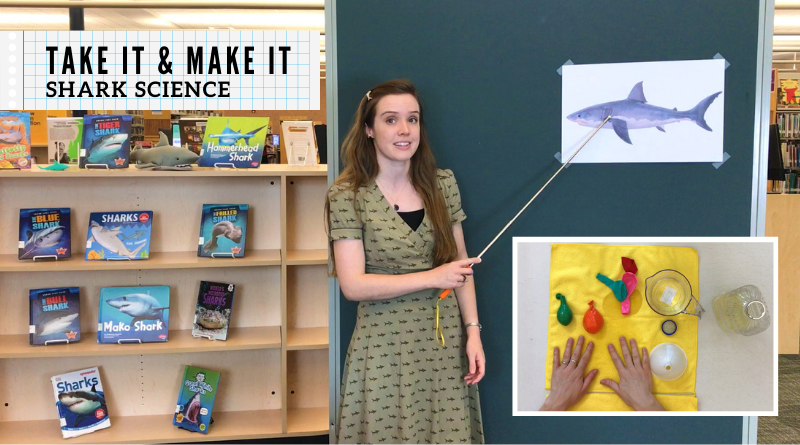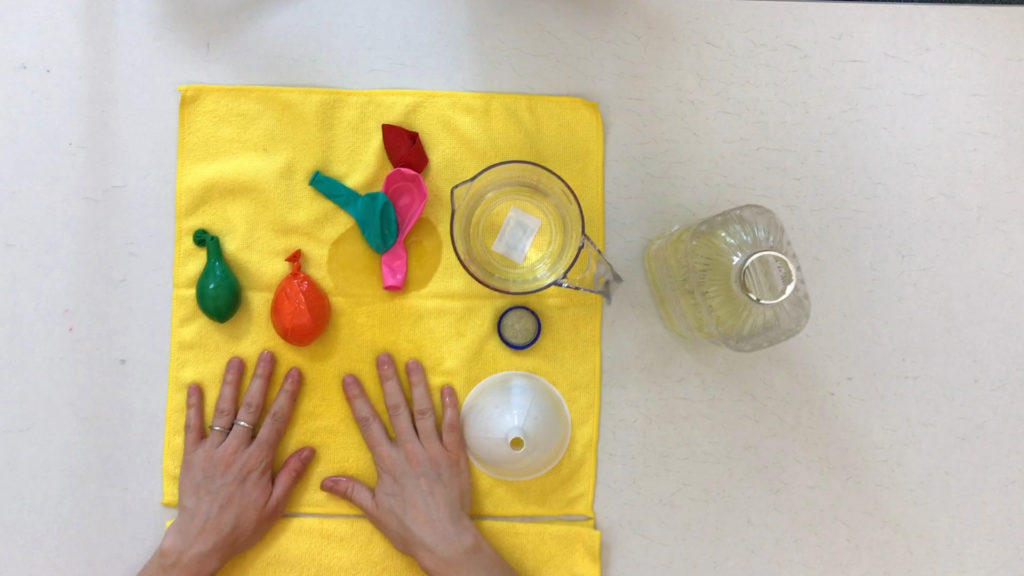
STEAM Connections: Shark Science
Let’s explore the different adaptations sharks have that help them to resist the pull of gravity and stay afloat.
Unlike humans, sharks have a cartilaginous skeleton. Humans have cartilage in their nose, ears, and joints. Feel it-its softer than bone! Cartilage is less dense than bone, which makes floating easier and allows sharks to move quickly through water without using too much energy. Because their skeletons are made of cartilage, the only part of a shark that survives after death is its jaws.
Sharks also have large pectoral fins on both sides of their body, just behind their gill slits. These fins act like the wings of an airplane, creating lift as a shark swims through the water, preventing them from sinking. Sharks have neutral buoyance> if something has neutral buoyance, it will neither sink nor rise. So how does a shark maintain neutral buoyance? The answer is in their liver! Have you ever mixed oil and water? It doesn’t mix, does it? The oil will just float on top because it is less dense than water.
Hands-On Exploration
A shark’s liver is filled with oil-which is less dense than the water they are swimming in, which helps keep the shark afloat. A shark’s liver can be 30% of their total body weight. Let’s see neutral buoyancy in action!
Supplies you need:

- 2 balloons
- ¼ cup oil (vegetable oil, baby oil, olive oil)
- ¼ cup water
- funnel
- Permanent marker
- Tub or large bowl of water
Instructions:
- Fill the first balloon with a ¼ cup of water-be sure to not get air into the balloon.
- Fill the second balloon with a ¼ cup of oil. You can decorate your balloons to look like shares using a permanent marker
- Fill a tub or large bowl with water.
- Gently drop each balloon in the water
Talk About this Activity
- Which balloon floated? Which sank to the bottom?
- Which balloon is most like a shark’s liver?
- Did the balloons feel the same or different when you held them?
Continued Learning
There are over 1,000 Species of sharks swimming in the world’s oceans. Unfortunately, sharks are in decline worldwide, with 30% of shark species threatened with extinction. You can help sharks by eating sustainably sourced seafood, avoiding shark products, avoiding single us plastic products, and picking up litter. Take a walk as a family and pick up five pieces of trash each. This will help your neighborhood wildlife and sharks!
Check It Out

Sharks by Anne Schreiber
Surprising Sharks by Nicola Davies
We Need Sharks by Lisa Bullard
If Sharks Disappeared by Lily Williams
Tough, Toothy Baby Sharks by Sandra Markle
Super Sharks: A LEGO Adventure in the Real World by Penelope Arlon




